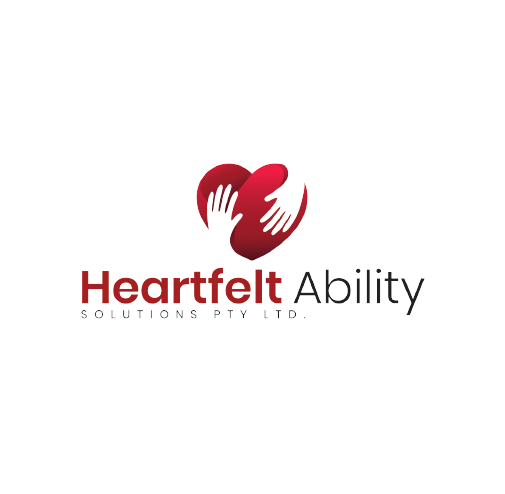Our Facilities
Accommodation facilities for individuals with disabilities, often referred to as accessible or disability-friendly accommodations, are designed to ensure that everyone, regardless of their physical or cognitive abilities, can enjoy a comfortable and inclusive stay. These facilities are essential for promoting equality and accessibility in the hospitality and travel industries. Here’s a detailed description of accommodation facilities for individuals with disabilities:
Accessible Rooms: Many hotels and accommodations offer specially designed accessible rooms. These rooms typically have wider doorways, lower peepholes, and more spacious layouts to accommodate wheelchairs and mobility aids. Furniture and fixtures are arranged to provide easy access and maneuverability. Additionally, beds may be adjustable in height to assist guests with mobility challenges.
Wheelchair Accessibility: Accessibility begins at the entrance, with ramps or gently sloped pathways leading to the building. Inside, public areas such as lobbies, restaurants, and common spaces should be wheelchair-accessible with smooth, level flooring. Elevators should have adequate space and easy-to-use controls for individuals with mobility impairments.
This service involves helping individuals secure appropriate housing or tenancy arrangements that are accessible and meet their specific needs. It can include finding suitable living spaces and addressing housing-related challenges.

Our Facilities
Accommodation facilities for individuals with disabilities, often referred to as accessible or disability-friendly accommodations, are designed to ensure that everyone, regardless of their physical or cognitive abilities, can enjoy a comfortable and inclusive stay. These facilities are essential for promoting equality and accessibility in the hospitality and travel industries. Here’s a detailed description of accommodation facilities for individuals with disabilities:
Accessible Rooms: Many hotels and accommodations offer specially designed accessible rooms. These rooms typically have wider doorways, lower peepholes, and more spacious layouts to accommodate wheelchairs and mobility aids. Furniture and fixtures are arranged to provide easy access and maneuverability. Additionally, beds may be adjustable in height to assist guests with mobility challenges.
Wheelchair Accessibility: Accessibility begins at the entrance, with ramps or gently sloped pathways leading to the building. Inside, public areas such as lobbies, restaurants, and common spaces should be wheelchair-accessible with smooth, level flooring. Elevators should have adequate space and easy-to-use controls for individuals with mobility impairments.
